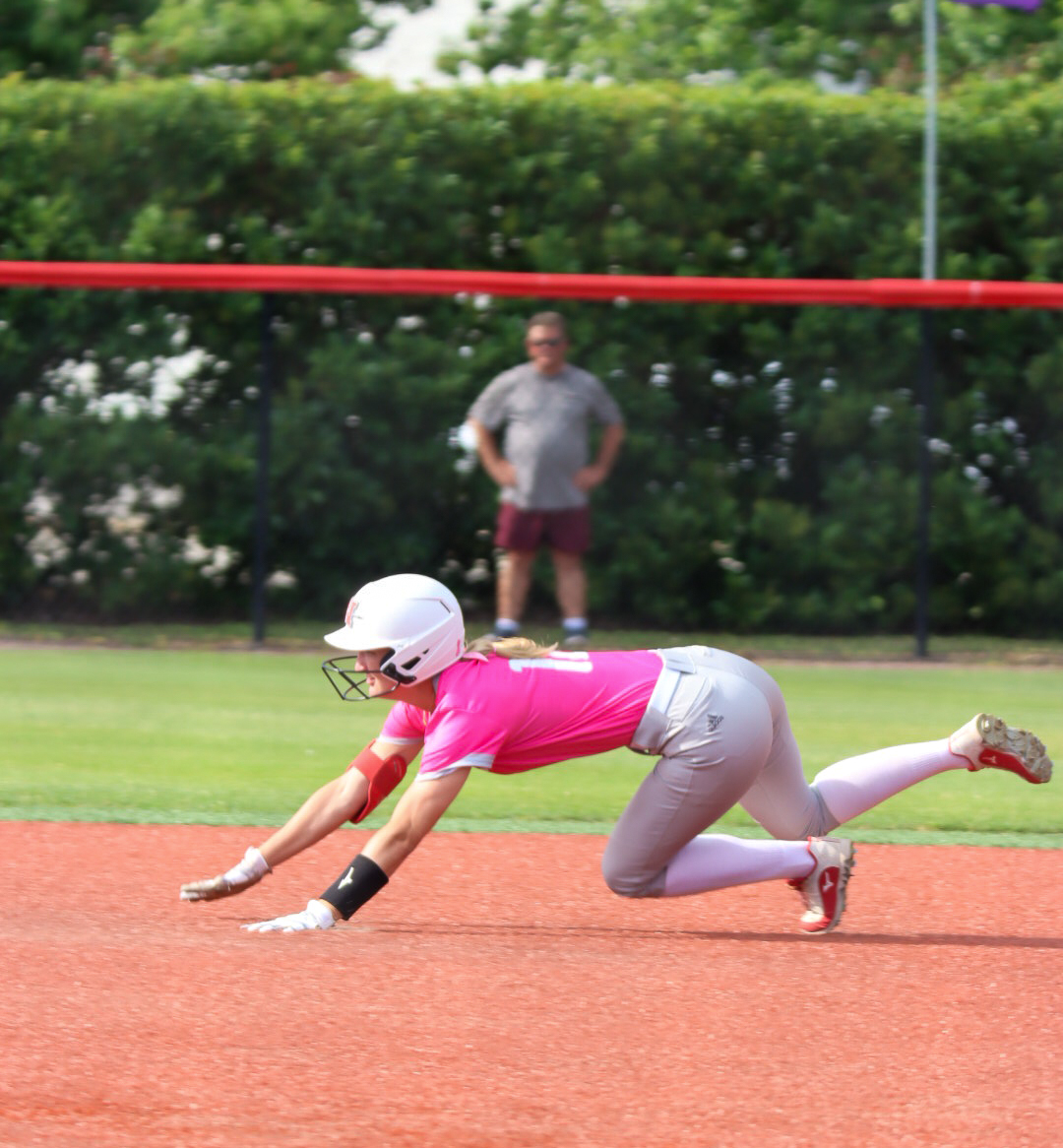Researchers have determined that people may continue to expose themselves to the ultraviolet rays of the sun and tanning booths because they are addicted.After conducting a study in August based on criteria that tests alcohol and drug dependency, University of Texas Medical Branch at Galveston researchers contend that the addictive nature of tanning and its relaxing effects may be the reason the dangers of UV ray exposure are ignored.
According to the Department of Health and Human Services Centers for Disease Control and Prevention, the primary environmental factor in developing skin cancer is overexposure to UV rays, which can cause damage to normal skin cells or uncontrollable division to dormant pre-cancerous cells. Malignant melanoma, the most deadly form of skin cancer, is expected to affect more than 59,000 people in 2005, and more people will get basal-cell carcinoma, a less severe skin cancer, than any other type of cancer.
“We see malignant melanoma as young as 21, and they usually have an extreme history of tanning,” Melanie Princes, nurse at Haydel Dermatology in Houma, said. “This is a tell-tale sign that tanning is dangerous. The average age for melanoma is past 60 years old, and none of those patients have used indoor tanning beds.”
Dermatologists have also identified other possible risks of tanning to include reduced immunity, sunstrokes, eye damage, dry skin and premature skin aging in addition to skin cancer.
Despite documented health-related problems, tanning has remained popular. International Smart Tan Network, a professional tanning salon association, has estimated that 30 million North Americans visit indoor tanning salons per year.
Princes said she does not know if tanning is addictive but believes people are drawn to tanning beds because of social pressures. “People who tan are usually willing to forgo warnings to achieve that tanned look they see celebrities with on television,” she said.
While others have continued to argue that repetitive tanning has more to do with social pressures and cosmetic reasons, UTMB research could result in the classification of thousands as “ultraviolet light tanning dependent.”
“Dermatologists often talk about people who seem ‘addicted to the sun’-people who know it’s not good for them to be bronzed all the time but don’t seem to be able to stop tanning,” Richard Wagner, UTMB professor and senior author of the study, said in a news release. “It’s interesting that by just slightly modifying tools used to identify substance-related disorders, we can actually see an objective similarity between regular tanning and those disorders.”
Employees at local tanning salons agreed with the possibility that an addiction may be part of the reason people continue to tan. Ashley Hebert, marketing senior from Raceland and employee at Hot Spot Tanning in Raceland, said many clients tan year-round, and she personally has difficulty cutting back on her tanning routine. Ashley Adams of Bronze Salon in Thibodaux compares tanning directly to another addictive habit.
“It’s just like smoking,” Adams said. “People know the dangers but continue smoking no matter what the dangers are.”
Studies have indicated that the majority of those who regularly tan knows the dangers of soaking up UV rays, but do not care enough to change.
“Certainly this (study on addictive nature of tanning) could explain why educational interventions haven’t been more successful,” Wagner said.
Researchers at Wake Forest University Baptist Medical Center have found evidence that UV light exposure’s relaxing effect may entice people to continue their tanning sessions. Hebert said she has witnessed the relaxing effect, as many clients fall asleep while tanning. “It would make sense that people are drawn to tanning because of relaxation,” she said. “It’s the best 20-minute nap you can take.”
Steve Feldman, lead researcher, said in a news release that the results reaffirm the belief that UV light positively affects the tanner’s mood, which may reinforce tanning behaviors. Researchers have indicated that the positive feelings may be a result of UV rays leading to a release of endorphins in the brain.
Hebert said she continues to tan, despite warnings of skin cancer possibilities because “a tanned person looks better” and UV exposure can be controlled in a tanning bed but not in the sun. She also said several of Hot Spot Tanning’s clients say tanning makes them appear thinner, and Ray of Light tanning lotion even claims to cause users to lose up to 10 pounds.
According to Harvard Medical School photobiologists, indoor tanning can help control acne, lower blood pressure and cholesterol, help the body sleep better, decrease appetite, reduce stress and increase energy. Hebert said most Hot Spot Tanning clients are aware of dermatologists’ view on tanning, but that has not stopped them. One client continued tanning despite being diagnosed with cancer. The client would call ahead for her lotion to be placed in a room for her and would enter through the back door.
“I guess she didn’t want the public talking,” Hebert said, “but still wanted to tan.







